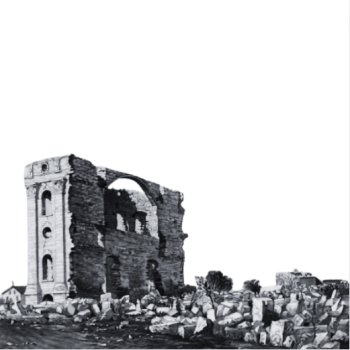 By Paul David Numrich
By Paul David Numrich
Buddhist leaders and scholars of Buddhism gather periodically to contemplate the state of North American Buddhism. These gatherings usually include serious discussions of a key dynamic of the Buddhist tradition -- the relationship between the monastic and lay paths.
For instance, the press release for the 1987 Conference on World Buddhism in North America noted that "The meeting of two cultures, Asian Buddhist and North American, has already resulted in a transformation of both, and as is to be expected has also led to problems and issues that are new both to Buddhism and to North American society." New challenges for monastic life and new expectations about lay practice were on the conference agenda.
Ten years later, the published proceedings of the Conference on the Future of Buddhist Meditative Practices in the West reported that "Several of the workshops at the conference dealt with the differences between monastic and lay methods of practice and how the strengths and weaknesses of each are interfacing in our culture."
A smaller but equally significant gathering took place last March at the 2010 Forum on Roles and Practices in Ordained Buddhist Orders in America sponsored by the Won Institute of Graduate Studies. Founded by the Korean reformer Sot'aesan (1891-1943), Won Buddhism came to the United States in the early 1970s and established the Institute in 2002 to train clergy and lay leaders for a North American context. The conference examined the great variety of monastic, non-monastic clergy, and lay leadership models that have emerged in North American Buddhism.
As a scholar of Buddhism, I presented a paper on leadership in North American Theravada. This branch of Buddhism includes the Vipassana or Insight Meditation Movement, which rejects the monastic clergy model of traditional Theravada and invests authority in meditation teachers. It has more than 230 groups in the U.S. The Theravada branch also includes around 360 temples serving Burmese, Cambodian, Laotian, Sri Lankan, Thai, and Vietnamese immigrant and refugee communities in the United States. These temples house well over 1,000 monks.
Conventional wisdom has it that Buddhist monasticism will be difficult to establish in North American society. In an essay for the 1998 volume, The Faces of Buddhism in America, I wondered whether the monastic Sangha would ever become "a deeply rooted, natural outgrowth of the United States Theravada experience." One of the important indicators at that time was the minuscule number of American-born Theravada monks.
Yet the number of indigenous Theravada monks in the U.S. has increased, from only ten in the late 1990s to more than two dozen today. This is an admittedly small gain when compared to the total number of Theravada monks, and the increase includes no North American-born offspring of Asian immigrants or refugees. But the direction is clearly upward -- and unexpected. Moreover, the number of fully ordained Theravada nuns in North America has increased from zero in the mid-1990s (when higher ordination was not available to women) to as many as twenty-five today, perhaps one-third of them indigenous.
Even more importantly -- and also unexpectedly -- a renewed interest in monasticism has emerged in the West. I suspect that the following quote from an official of the Roman Catholic Archdiocese of Los Angeles in 2002 took many by surprise: "The monastic impulse is loose in the world. The number of people who hear this deeply contemplative call has skyrocketed."
The 2009 Georgetown University study, "Recent Vocations to Religious Life," revealed that more than 70 percent of all Catholic religious communities now have new members in formation and that "an increasing number of younger people are looking at religious life as a possible life option." This is the kind of religious life in which Catholic women and men take vows of poverty, chastity, and obedience. The numbers do not approach the halcyon days of the 1950s and '60s, but who knew that such a lifestyle could experience even a modest comeback?




